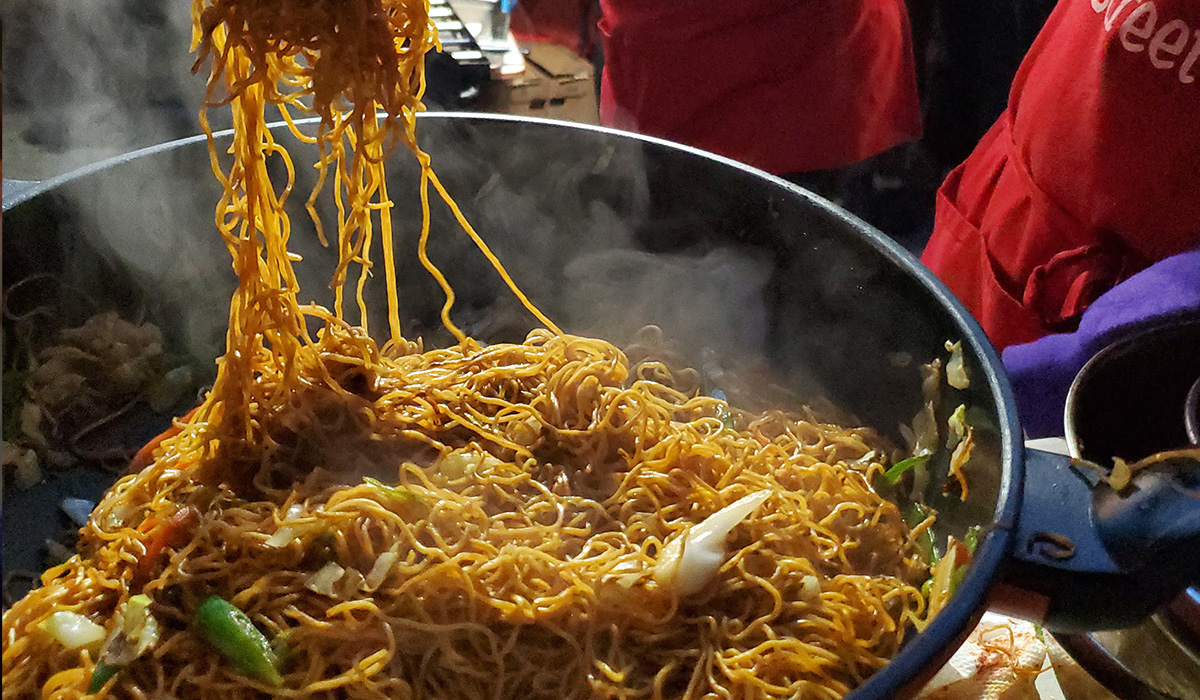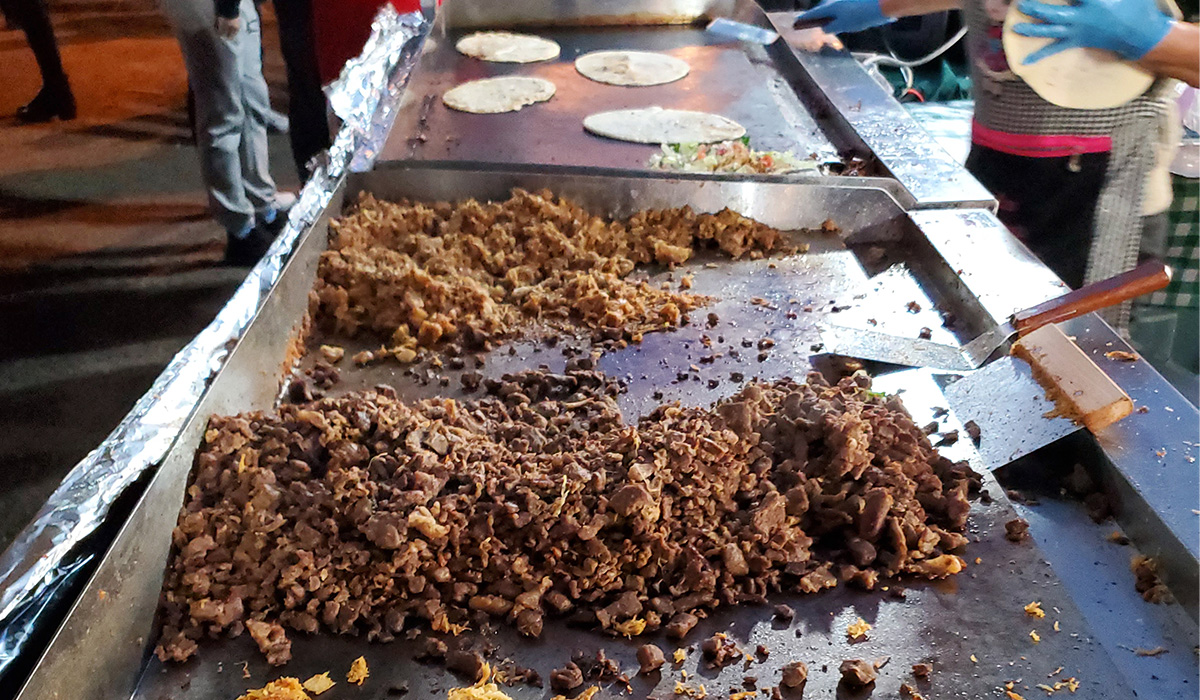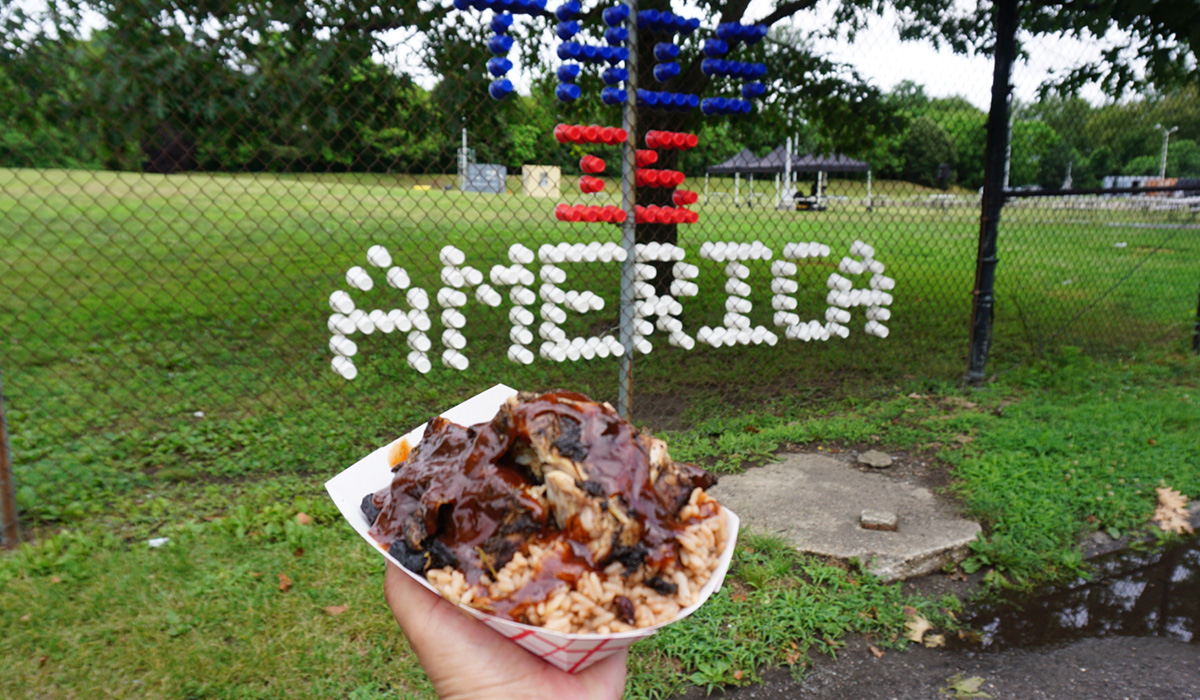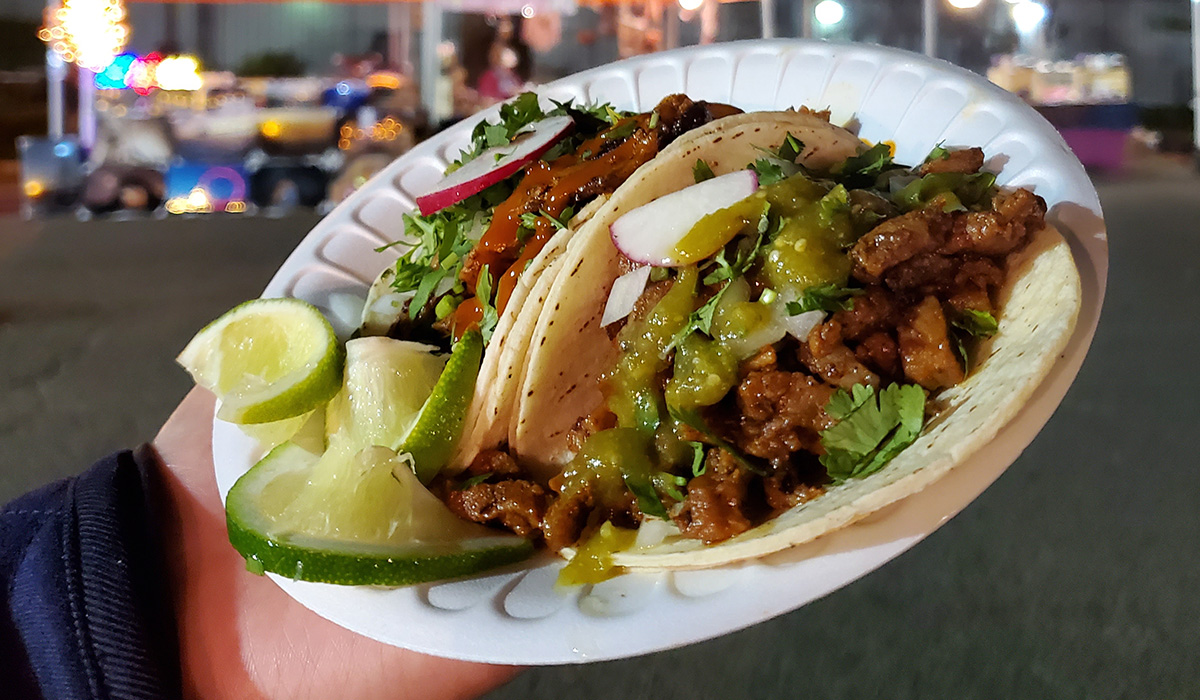In this issue, I knew I wanted to write about culinary differences but I struggled to identify any route to a plateau or bivouac. I realized I couldn’t even find an initial foothold. It wasn’t just the overwhelming landscape of culinary differences. The labyrinthine network of reasons underlying those differences was even more difficult to articulate, like crossing the mathematical threshold from countable to uncountable infinity.
At first, I thought I wanted to write about personal, idiosyncratic food preferences. For instance, I get that sugar is supposed to bring other flavors into harmony, but I can’t do it. I can’t bring myself to put sugar on any meat, in any marinade or in any stock. While I won’t turn down a kind offering of bulgogi, I refuse to sanctify the unholy marriage of sugar and protein in my own kitchen. For my wife, she can’t believe anyone would pair pesto with protein. “Irresponsible and reckless umami overload,” she says. Suffice it to say, we disagree.
I considered cataloging fun food debates, immortal muses that inspire writers to wax poetic and internet pundits to flex their meme muscles. Does ranch belong on pizza? (No.) Which is the greatest BBQ style? (I’m a Central Texas fan.) Does ice belong in your cereal? (A super fun conversation, but maybe a little too superficial of a topic.)

I thought maybe I should write about my own project, the Queens Night Market, which aspires to temporarily preserve culinary traditions by featuring mostly immigrant chefs who sell dishes they grew up eating. Even with that mission, and audiences who resonate with it strongly, many chefs still alter recipes to suit the presumed palates of their patrons. Sometimes, traditional ingredients are just not readily available and substitutions must be made. But in many cases, these liberties mean making things sweeter, saltier, less spicy, or, in the case of balut, less developed than they would for themselves.
So, maybe I was interested in exploring differences in cultural flavor profiles, adding a drop to an ocean of existing commentary about authenticity, fusion, assimilation, appropriation and economic opportunity. But speaking credibly about any of this requires nuanced appreciation of historical context and circumstance, with arcs that reach back through time, across agricultural hardships, natural disasters, natural resources, technology, migration patterns and trade routes, even human trafficking and slave trade in some cases. This would take serious scholarship, and a scholar I am not.

But cultural customs dictate not only what we eat or when we eat, but also how we eat. Are meals celebratory? Do they help us mourn? Are they symbolic? Are dishes shared or individually portioned? Do meals progress from the opulent to the daily staples, or the reverse? Does salad come at the beginning or the end? Is any cutting done at the table, or is it all done before the food is served? What utensils are used, and why are there so many freaking spoons? If eating by hand, which hand should we use? Which fingers on that hand do we use?
And then there are religious guiderails that deter- mine which culinary paths form the forks in our roads. Religions dictate what some of us can eat, when we eat, and when we must fast. The permissibility of eating meat might depend on whether animals died for the sake of human consumption, have cloven hooves, or are considered predatory or scavengers. It might depend on whether fish are less than 12 inches long or if the seafood has scales. Consuming root vegetables may be prohibited because eating them kills the plant, and consuming honey may be prohibited because its collection results in violence to bees. And some of us get to choose what we give up in repentance.
The manifestation of culinary differences is about so much more than what we choose to put in our mouths.
We might make culinary decisions based on social, ethical, and environmental concerns. What is the carbon footprint of storing food for later consumption? Of shipping it? How many food miles has it traveled? Is it organic? Is it regenerative? Is it on any endangered lists? Is the treatment humane? Just how impossible should the burger be? What are the human resources practices? What are they paying their staff? Is it fair trade?
And of course, we also make culinary decisions in the name of diets or healthy living, sometimes founded on the ever-shifting bedrock of science. Mercury levels, plant-based diets, alkaline diets, Atkins, the Inuit paradox, self-induced ketosis, paleo, volumetrics, microbiome diversity, and retracing ancestral foods and traditions.

As I clumsily tugged on various strings of culinary differences, something kept subtly nagging me about this whole endeavor. When examining how we cook, eat, and treat food, some kind of baseline comparability of choice, economic privilege, and opportunity costs would be nice. Otherwise, it’s not really apples-to-apples. When calories mean subsistence rather than leisure or pleasure, the ideas of comfort food and haute cuisine lose a little of their romantic aura and import.
By the time my deadline came knocking, I had convinced myself that I had no business nor credibility writing about culinary differences. I realized even that delusion was preposterous and pretentious. The manifestation of culinary differences is about so much more than what we choose to put in our mouths.
What we choose to eat is a resting place on a dizzyingly complex journey through historical, geopolitical, social, ethical, religious, cultural, technological, and economic planes. Even that elides genetic dispositions that, for instance, make cilantro taste like soap and broccoli taste as bitter as … earwax? On that genetic note, according to Mom, my older brother also shares a visceral aversion to mingling sweet and savory.

JOHN WANG, ’03, is the founder of Queens Night Market in New York City and the co-author, with wife Storm Garner, of the award-winning cookbook “The World Eats Here” (The Experiment, 2020).





